A new book issued by the Church of Jesus Christ of Latter-day Saints includes a fascinating piece of Mormon history that has never been published - photographs of the seer stone used by Joseph Smith to translate the Book of Mormon. Joseph Smith is known to have been a magical practitioner, and getting a look at his tools provides some insight into how he approached his practices.
Some critics of Mormonism argue that Smith's use of traditional magical techniques means that the Mormon religion is somehow false, but that really doesn't track. Many other holy books are known to have been "channeled" in some fashion, including the Quran and more recently The Book of the Law. My problems with the Book of Mormon have nothing to do with its origin and everything to do with the unsubstantiated history that it claims to expound. As just one example, genetic analysis tells us that Native Americans are not descended from the lost tribes of Israel. And there are many others.
However, as far as spiritual beliefs go, much of Mormonism is actually similar to Hermeticism. In the King Follett Discourse, the last significant sermon given by Smith before he was killed, he lays out what sounds like a slightly stilted version of the perfection of the self in order to become more divine. I find Smith's conclusions overly concretized and for that reason probably incorrect, but he does address many of the same ideas that the Renaissance Hermetics were working with.
The source of at least some of this was likely Francis Barrett's The Magus, published in 1801. Barrett's text compiled much material from Agrippa, some of which pertains to the Hermetic philosophy. Smith's connection to the text is shown by the design of his Jupiter talisman, found on his body after his death.
The talisman in turned sideways in the photo, but the arrangement of the symbols - Jupiter character above, sigil of the intelligence below, Jupiter glyph to the left side - is identical with the rendering from Barrett. I've gone back and forth over whether or not Smith had a magical teacher of some sort, and who it might have been. It's possible that he studied with a practicing ceremonial magician, but it's also possible that the techniques he worked with came straight out of Barrett.
As a Thelemite, I obviously see nothing wrong with a religion rooted in occultism, though many fundamentalists have serious problems with the concept. Mormonism is interesting to me because it represents one of the only attempts to synthesize magical lore into a coherent religious system that has proved highly successful in the modern world.
The pictures of the smooth, brown, egg-sized rock are part of a new book that also contains photos of the first printer’s manuscript of the Book of Mormon. Officials with The Church of Jesus Christ of Latter-day Saints unveiled the photos at a news conference in Salt Lake City.
The religion’s drive in recent years to open its vaults and clarify sensitive beliefs is aimed at filling a void on the internet for accurate information as curiosity increased while church membership tripled over the last three decades, Mormon scholars said.
Church historian Steven E Snow acknowledged that dynamic, saying: “The internet brings both challenge and opportunities. We’re grateful for the opportunity to share much of collection through the use of the internet.”
Some critics of Mormonism argue that Smith's use of traditional magical techniques means that the Mormon religion is somehow false, but that really doesn't track. Many other holy books are known to have been "channeled" in some fashion, including the Quran and more recently The Book of the Law. My problems with the Book of Mormon have nothing to do with its origin and everything to do with the unsubstantiated history that it claims to expound. As just one example, genetic analysis tells us that Native Americans are not descended from the lost tribes of Israel. And there are many others.
However, as far as spiritual beliefs go, much of Mormonism is actually similar to Hermeticism. In the King Follett Discourse, the last significant sermon given by Smith before he was killed, he lays out what sounds like a slightly stilted version of the perfection of the self in order to become more divine. I find Smith's conclusions overly concretized and for that reason probably incorrect, but he does address many of the same ideas that the Renaissance Hermetics were working with.
The source of at least some of this was likely Francis Barrett's The Magus, published in 1801. Barrett's text compiled much material from Agrippa, some of which pertains to the Hermetic philosophy. Smith's connection to the text is shown by the design of his Jupiter talisman, found on his body after his death.
The talisman in turned sideways in the photo, but the arrangement of the symbols - Jupiter character above, sigil of the intelligence below, Jupiter glyph to the left side - is identical with the rendering from Barrett. I've gone back and forth over whether or not Smith had a magical teacher of some sort, and who it might have been. It's possible that he studied with a practicing ceremonial magician, but it's also possible that the techniques he worked with came straight out of Barrett.
As a Thelemite, I obviously see nothing wrong with a religion rooted in occultism, though many fundamentalists have serious problems with the concept. Mormonism is interesting to me because it represents one of the only attempts to synthesize magical lore into a coherent religious system that has proved highly successful in the modern world.
















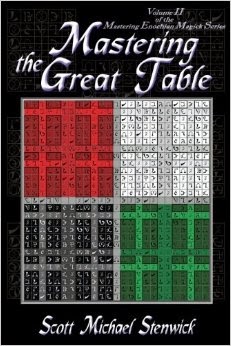

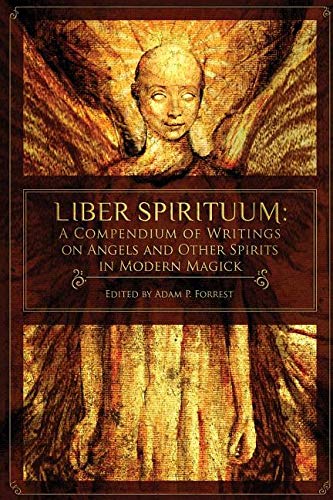
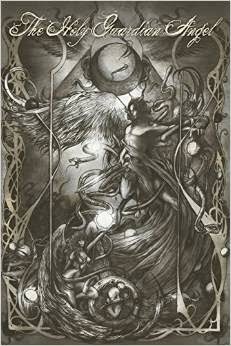

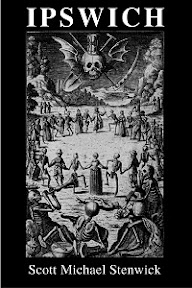
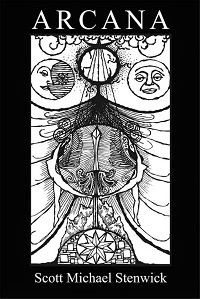

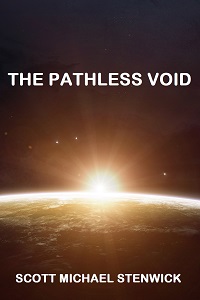

No comments:
Post a Comment